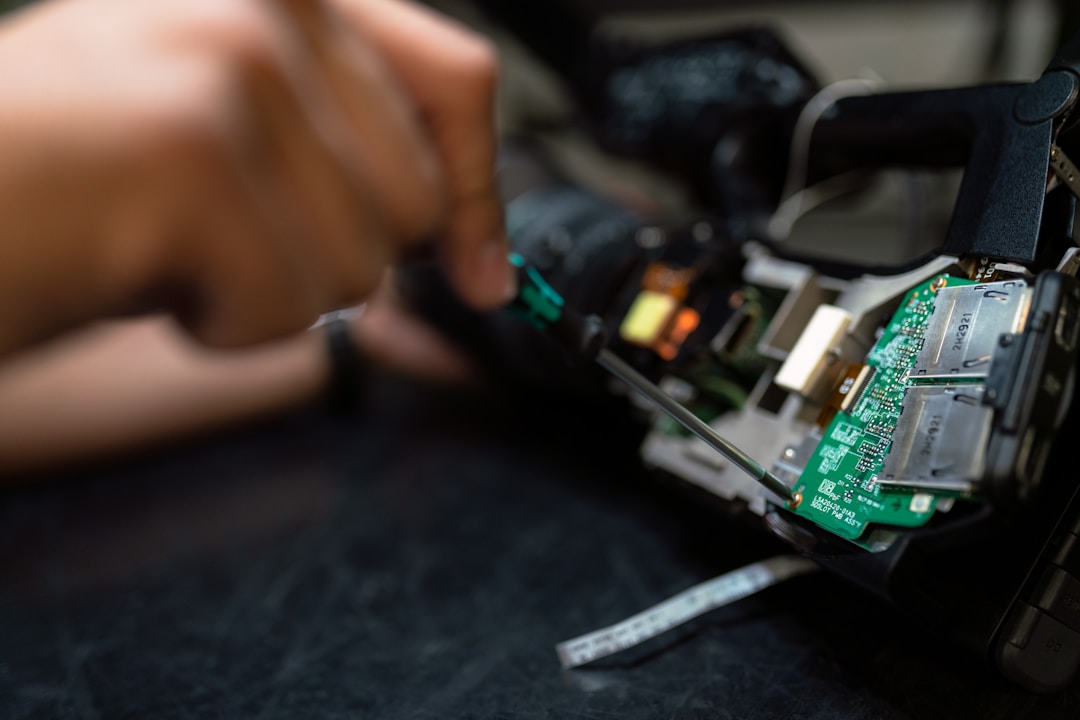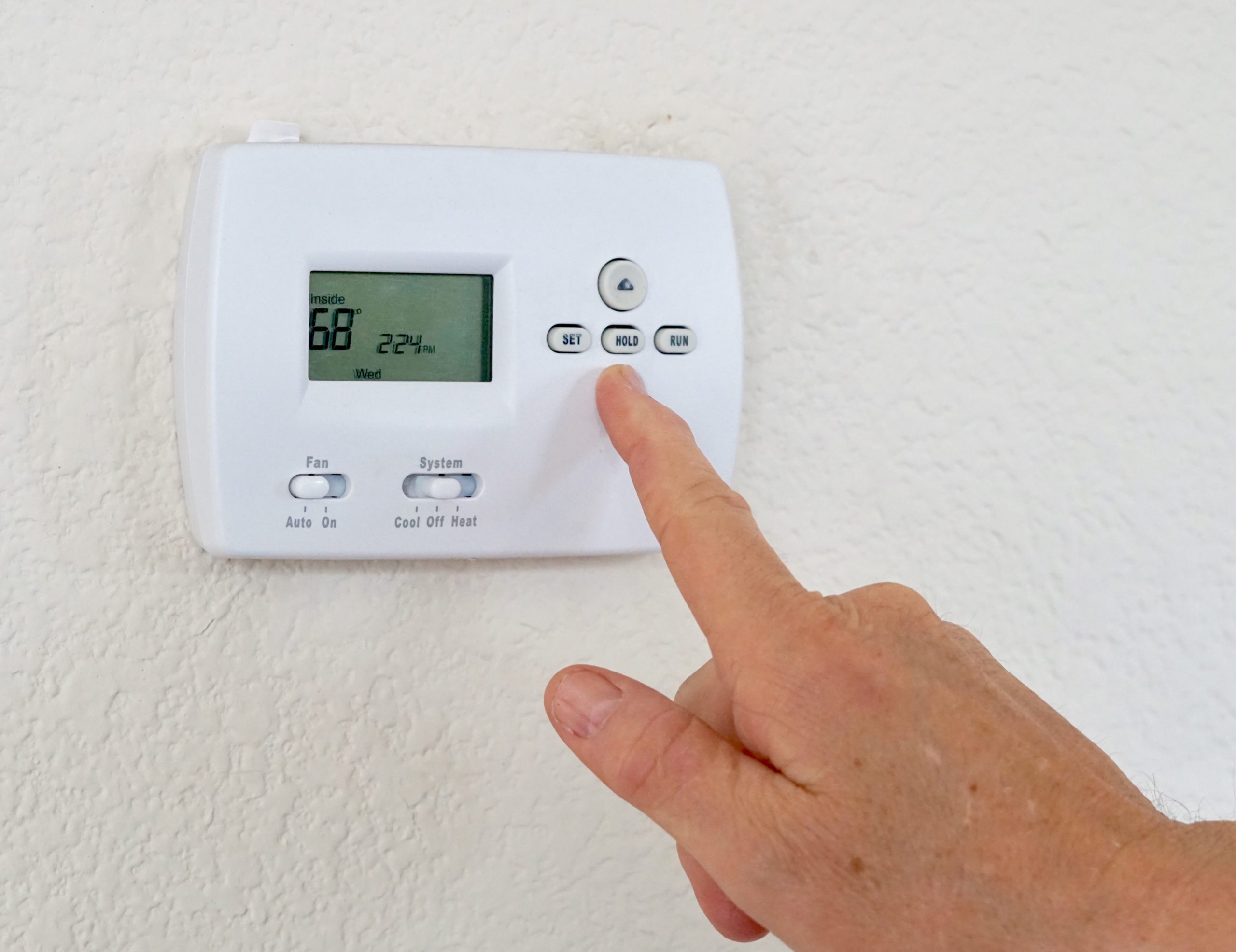Steps to Replacing the Thermostat in Your Home
Thermostats are essential home devices that make living between the seasons manageable. If you do a great job with regular maintenance, your thermometer can support your HVAC system and heating needs for up to a decade. Ten years is often enough time for most products to start showing signs of malfunction. Unfortunately, faulty thermostats go beyond making life uncomfortable at home. They can also increase spending on utility bills significantly. Homeowners can either enlist professionals or take the DIY route in restoring their thermostats. But replacing one can be a daunting and dangerous task. Here are some key steps to take in replacing the thermostat in your home.
Think about calling a technician.

The first step in fixing a thermostat is to conduct a thorough check to find out the specific issues causing the product to malfunction. Mostly, the main causes include breaks in wires and dust accumulation. Some issues may only require some adjusting and other DIY solutions to restore your heating system. But if the issues go beyond these, you may have to call professionals. This might be the best way to ensure your safety.
Also remember that thermostats vary according to their specific features, including battery strength and build quality. What’s more, they’re usually connected to other HVAC devices. These factors might be enough to search for a contractor online. A quick online search for “replace the thermostat in your Evans, GA, home” can bring up viable results if you live in the local community.
Dealing with professionals can ensure you don’t cause harm to other devices like the air conditioning or HVAC system. For homeowners who have no specific contractor in mind, it pays to deal with experienced contractors. Technicians who field excellent customer service can also be beneficial in understanding what you need to do and the alternatives available.
Compare replacement options.
The world of thermostats has evolved a great deal, mirroring the growth in Internet of Things-enabled home technologies and other modern inventions. Several thermostat models exist on the market today. Some residential customer options come with optimum energy efficiency and lower capacities that can best fit a single-family.
You can also get a new smart thermostat that allows you to manage your home’s heating system from your mobile device at any time of day. Other programmable thermostat options come with Wi-Fi features that help your home to self-adjust, reflecting the daily weather changes. So, if you must go DIY, be sure to seek accurate information about the options available and how they can fit into your home’s needs.
Be sure of dead connections before touching wires.
The best way to begin any attempt to replace your thermostat is to deactivate all live wires. Most HVAC technicians have voltage testers that can detect active current flowing through wires and devices before pursuing any repair works. So, it pays to get the essential tools you need for your repair works. It’s best to deal with established retailers who can provide the warranty and refund flexibilities you need for a hassle-free purchase.
Most states in the U.S. have several trustworthy stores to shop for all your electric repair tools. If you’re in Georgia, the Georgia power marketplace, for instance, can be your one-stop-shop for all you need to replace the thermostat in your home.
Follow a structured manual.

After shutting out the power, remove the old thermostat from your wall, exposing all the wires. Hook up the new thermostat to the wires after installing the replacement wall plate. It may take about five minutes for newly installed thermostats to kickstart operations. Some complex thermostat options may come with extra steps. Often, using the manual in the thermostat’s packaging can get you through complex installation processes. Alternatively, the internet can help you find all the information you need to replace your faulty or poorly performing thermostats, including options for hiring a professional.
